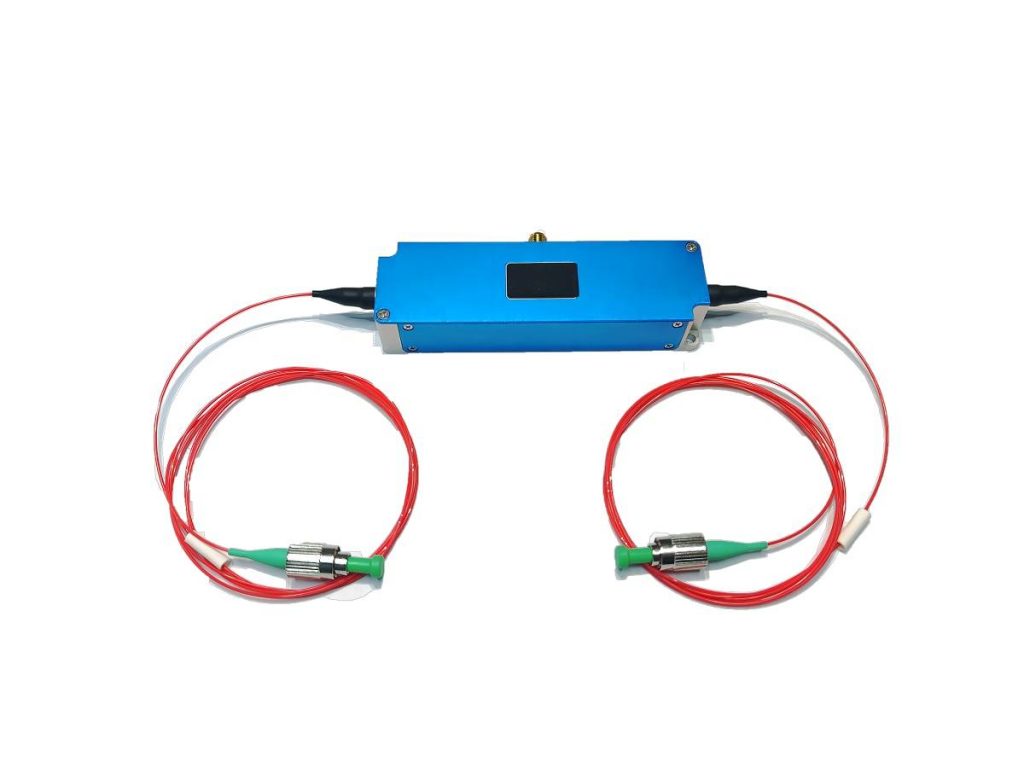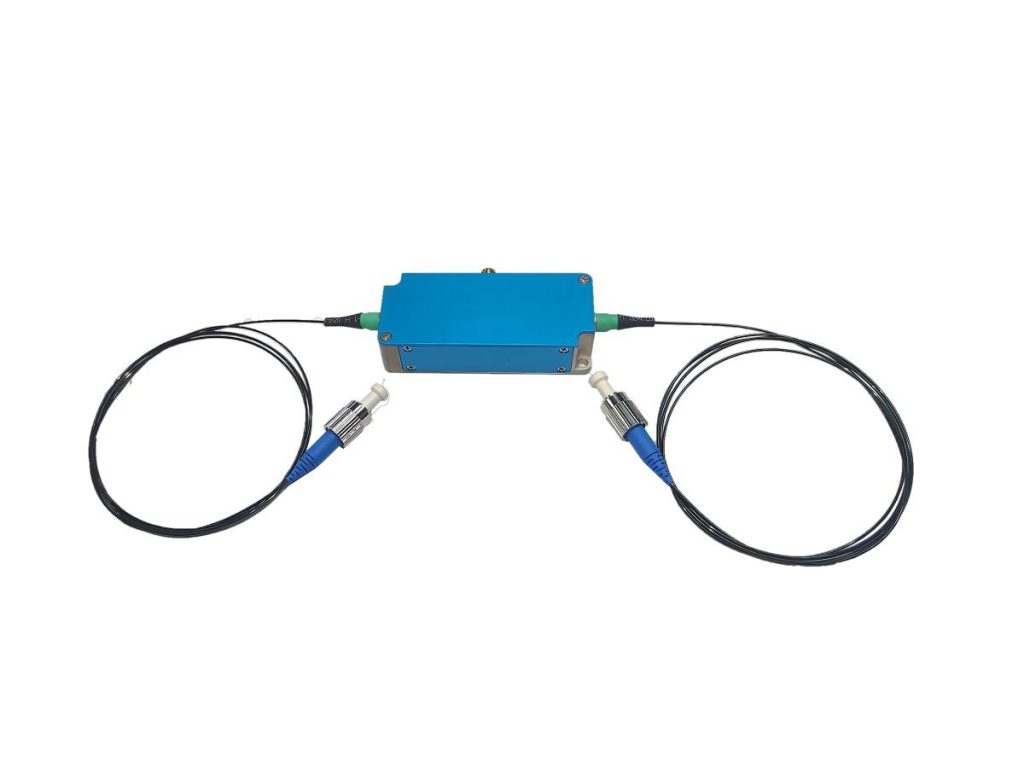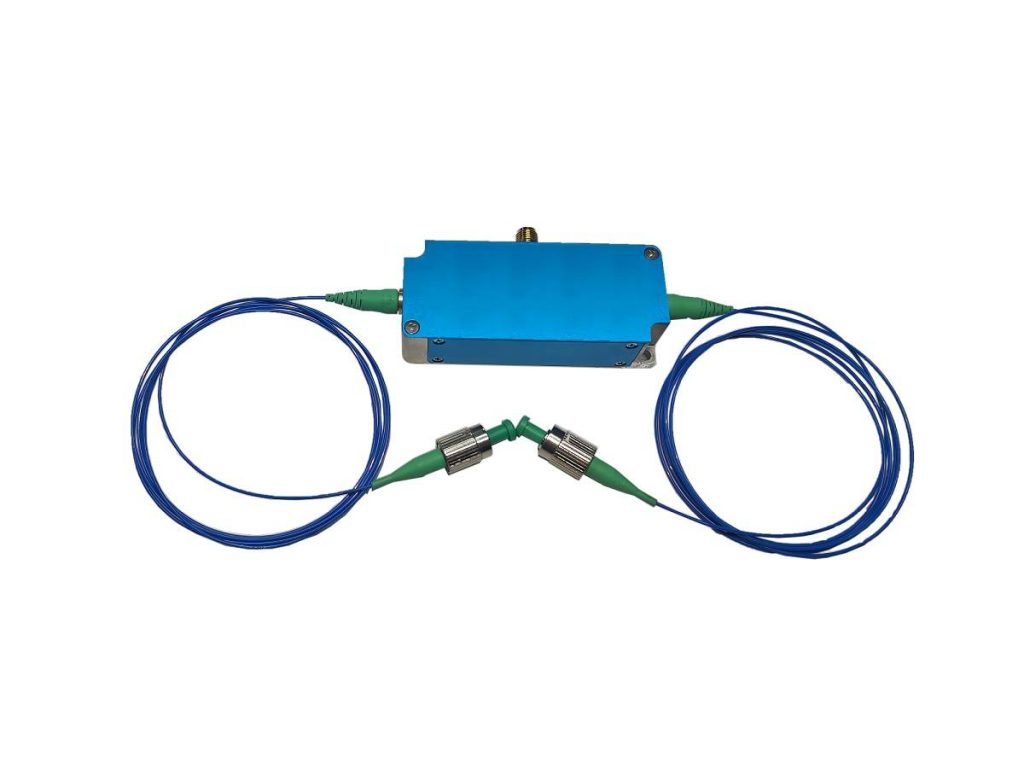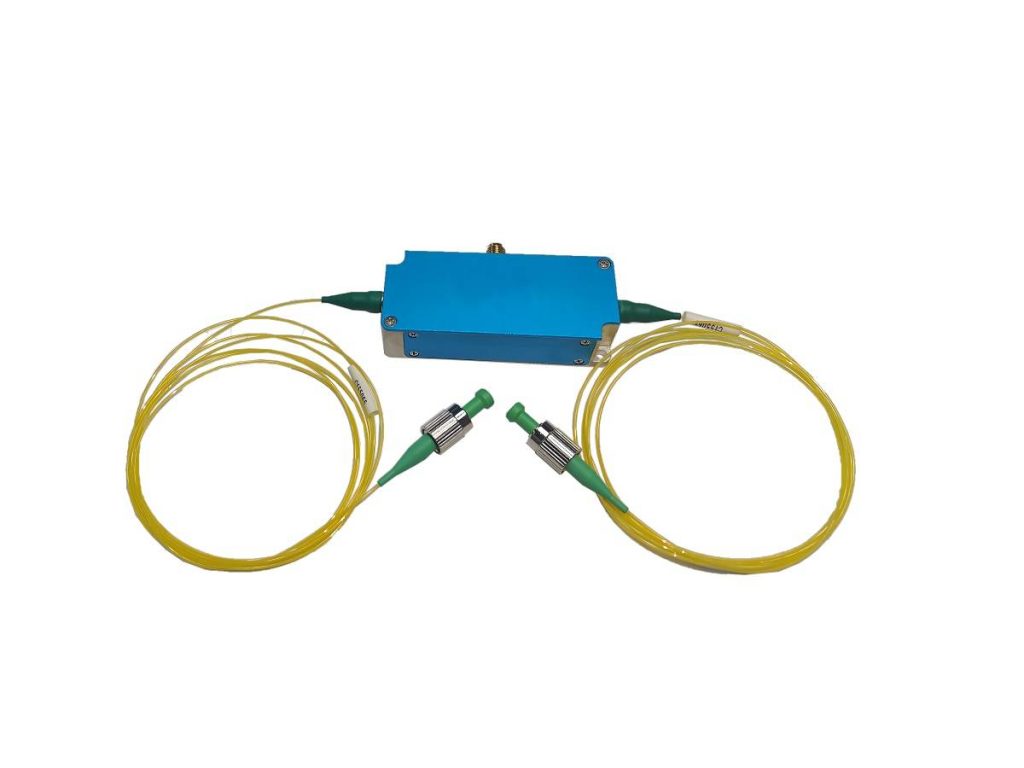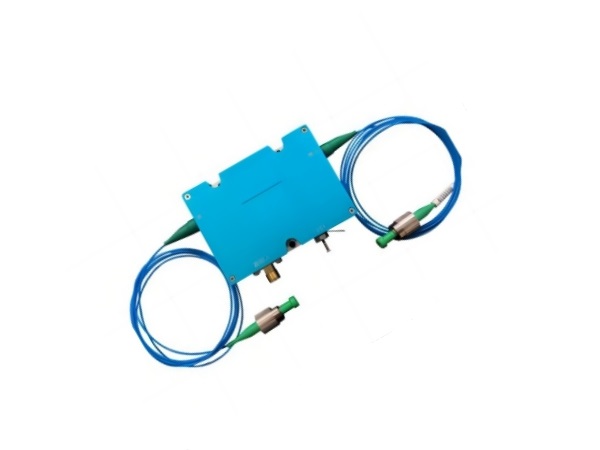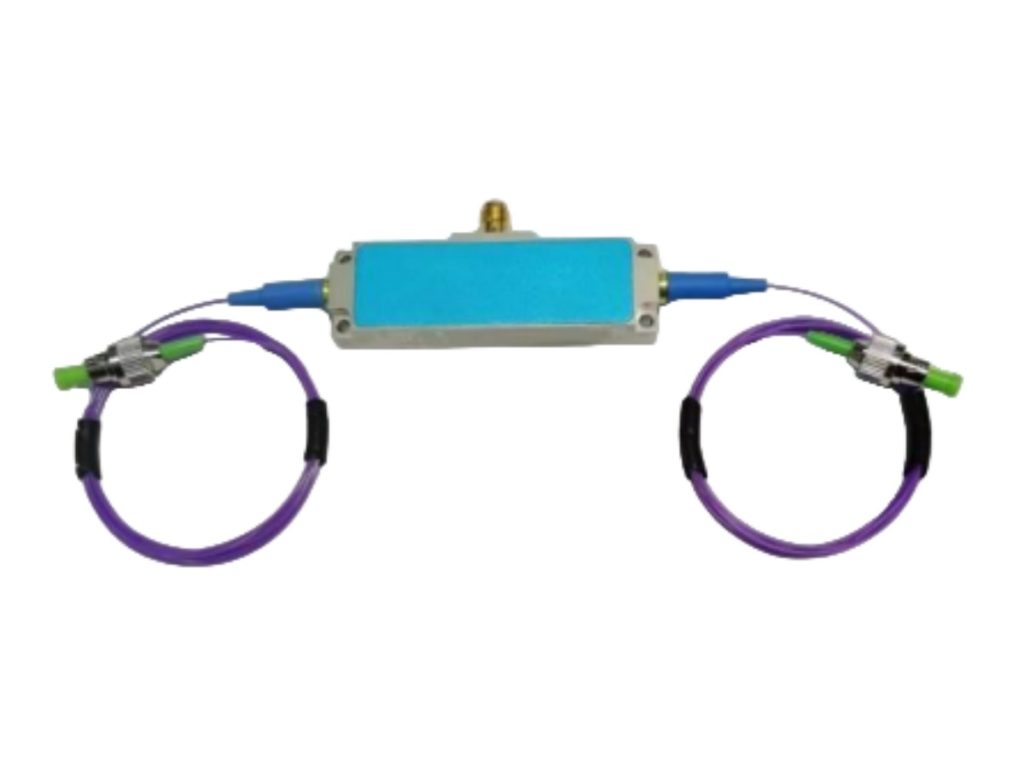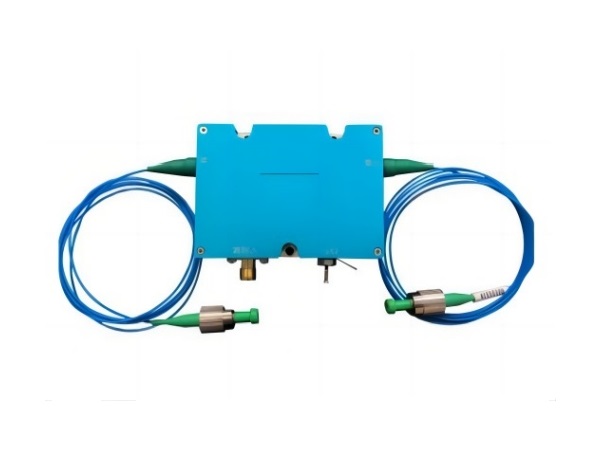Acousto-optic Frequency Shifter: Impact of Stability and Repeatability on Practical Applications
Acousto-optic frequency shifters (AOFS) are essential components that utilize the interaction of sound and light to achieve a shift in the optical frequency of a laser beam. They play a vital role in various fields, including fiber optic communications, laser radar (LiDAR), and optical measurement. Within these applications, the stability and repeatability of AOFS directly influence their effectiveness. This article explores the impact of these critical performance parameters on the functionality and accuracy of AOFS in practical scenarios.
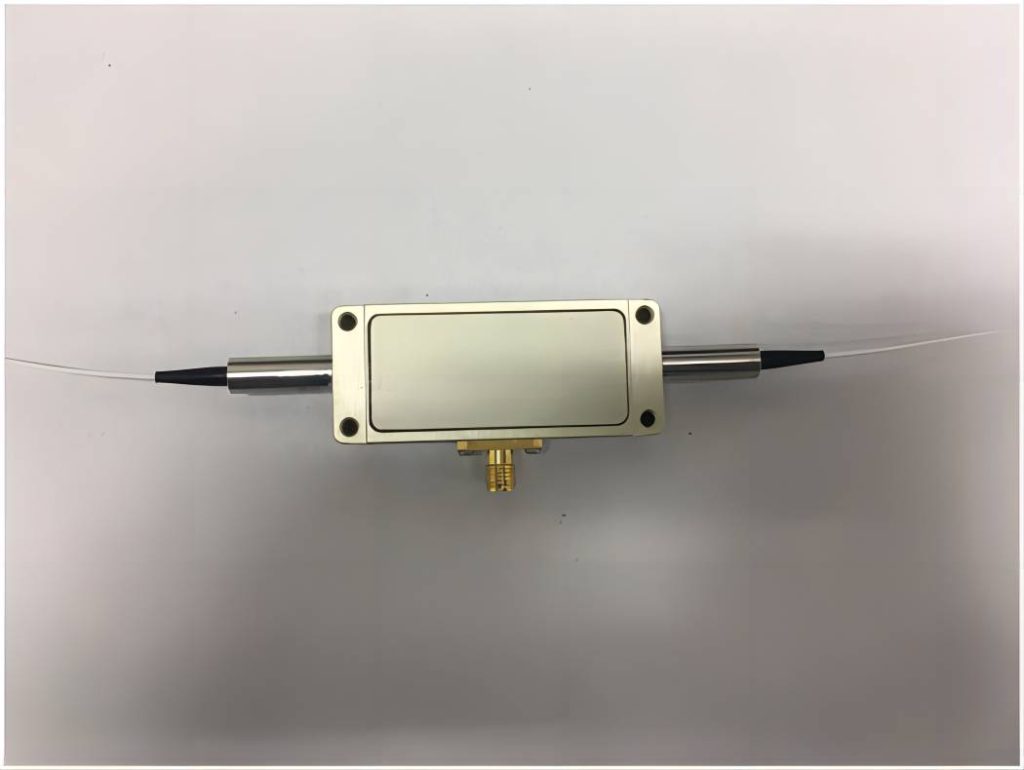
Acousto-optic Frequency Shifters: Principle and Applications
AOFS operates based on the acousto-optic effect, which describes the modulation of light properties by sound waves. Inside the device, a sound wave propagates through a specific material, creating a moving refractive index grating. When a laser beam interacts with this grating, a portion of the light diffracts at a specific angle, experiencing a shift in its optical frequency. The magnitude of this shift is directly proportional to the driving frequency of the sound wave.
AOFS offers a versatile and efficient method for manipulating the frequency of light beams. They are employed in a diverse range of applications:
- Fiber Optic Communications: In long-distance fiber optic transmissions, AOFS are used for various purposes, including generating local oscillator signals for coherent detection systems and enabling wavelength-division multiplexing (WDM) by creating multiple optical channels with different frequencies.
- Laser Radar (LiDAR): LiDAR systems rely on AOFS to modulate the laser beam’s frequency before transmitting it towards the target. The reflected light experiences a frequency shift due to the relative motion between the LiDAR and the target. By measuring the difference between the transmitted and received frequencies, LiDAR determines the target’s distance and velocity.
- Optical Measurement: AOFS plays a critical role in various optical measurement techniques. For instance, fiber optic gyroscopes, generate a frequency difference that is crucial for measuring the rotation rate. Additionally, they are used in spectroscopic analysis to tune the probing light source across a specific frequency range.
The Impact of Stability on Communication Systems
The stability of an AOFS refers to its ability to maintain a constant frequency shift over time and under varying environmental conditions. In the context of communication systems, particularly fiber optic communications, AOFS stability directly impacts the quality of signal transmission.
- Signal Transmission Quality: In coherent detection systems employed in fiber optic communication, AOFS generates a local oscillator signal that needs to be highly stable in frequency. Any fluctuations in the AOFS output frequency will introduce noise and degrade the signal-to-noise ratio (SNR) at the receiver. This can lead to difficulty in accurately demodulating the transmitted information, resulting in increased bit error rates (BER) and ultimately hindering the communication system’s performance.
- Frequency Drift and Decoding Errors: If the AOFS frequency exhibits drift, the received signal will experience a corresponding frequency shift. This mismatch between the transmitted and received frequencies can significantly impact the receiver’s ability to decode the information correctly. In WDM systems, where multiple data streams are carried on different optical frequencies, AOFS instability can cause the channels to overlap, leading to crosstalk and data corruption.
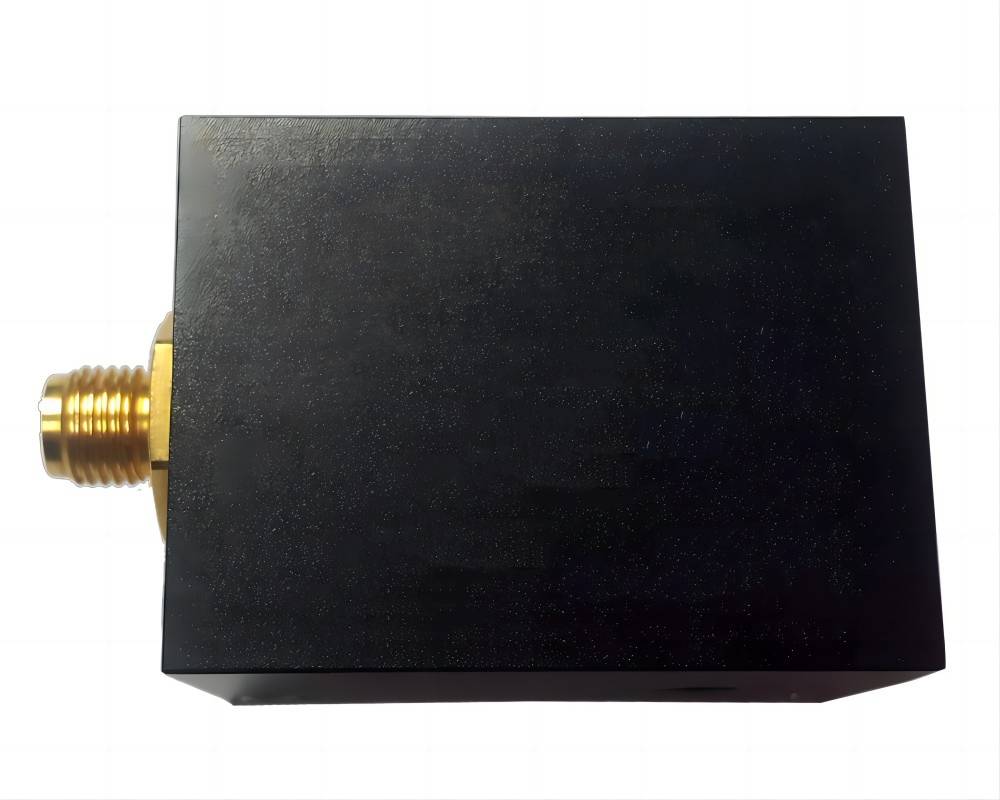
The Impact of Repeatability on Laser Radar
Repeatability refers to the consistency of an AOFS in producing the same frequency shift under identical operating conditions. This parameter is critical for ensuring accurate and reliable measurements in LiDAR systems.
- Precise Frequency Shifting for Target Ranging and Velocity Measurement: LiDAR relies on the precise measurement of the frequency shift experienced by the reflected laser beam to determine the target’s distance and velocity. Inaccuracies in the AOFS frequency shift directly translate into errors in the calculated range and velocity values. High repeatability of the AOFS ensures consistent frequency shifts for each transmitted pulse, leading to more accurate and reliable LiDAR measurements.
- Minimizing Measurement Uncertainty: Variations in the AOFS frequency shift from pulse to pulse introduce uncertainty in the LiDAR measurements. This uncertainty limits the system’s ability to distinguish between small target movements and noise. High repeatability minimizes this uncertainty, allowing LiDAR to achieve more precise and reliable target characterization.
The Impact of Stability and Repeatability on Optical Measurement
Both stability and repeatability are crucial for achieving accurate and reliable results in various optical measurement applications.
- Frequency Difference Measurement in Fiber Optic Gyroscopes: Fiber optic gyroscopes utilize AOFS to generate a precise frequency difference between two counter-propagating light beams within an optical cavity. This frequency difference is directly proportional to the rotation rate being measured. Any fluctuations in the AOFS output frequency will translate into errors in the measured frequency difference, compromising the gyroscope’s accuracy. Additionally, poor repeatability of the AOFS can lead to inconsistencies in the measured frequency difference between different gyroscopes or even within the same gyroscope over time. This can make it challenging to establish a reliable baseline and track subtle changes in rotation rate.
- Spectroscopic Analysis: In spectroscopic techniques, AOFS are employed to tune the frequency of a probing light source across a specific range. This allows for the measurement of the absorption or scattering properties of a sample at different frequencies. If the AOFS exhibits instability, the probed frequencies will fluctuate, leading to inaccuracies in the spectral data. Similarly, poor repeatability can cause inconsistencies in the probed frequencies between different measurements, hindering the ability to compare and analyze spectral features effectively.
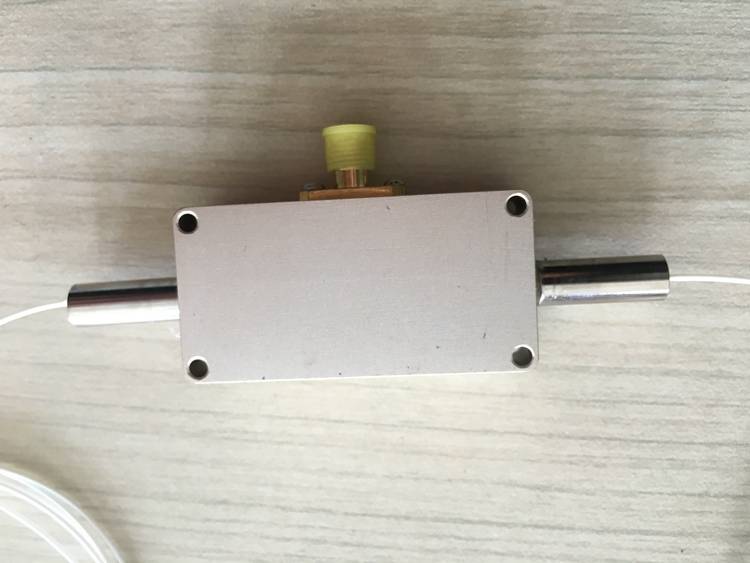
In summary, the stability and repeatability of acousto-optic frequency shifters have a direct impact on their performance in practical applications. Whether in the fields of communication, LiDAR, or optical measurement, it is necessary to rely on its excellent stability and repeatability to ensure the normal operation of the system and the accuracy of data. Therefore, when designing and manufacturing an acousto-optic frequency shifter, strict testing and optimization must be carried out to ensure that it can maintain good performance in various environments.
SMART SCI&TECH is a reliable fiber and free space aom supplier who can provide different wavelength devices and customized service, if you are looking for high performance acousto-optic frequency shifters or modulators, welcome feel free to contact us.

